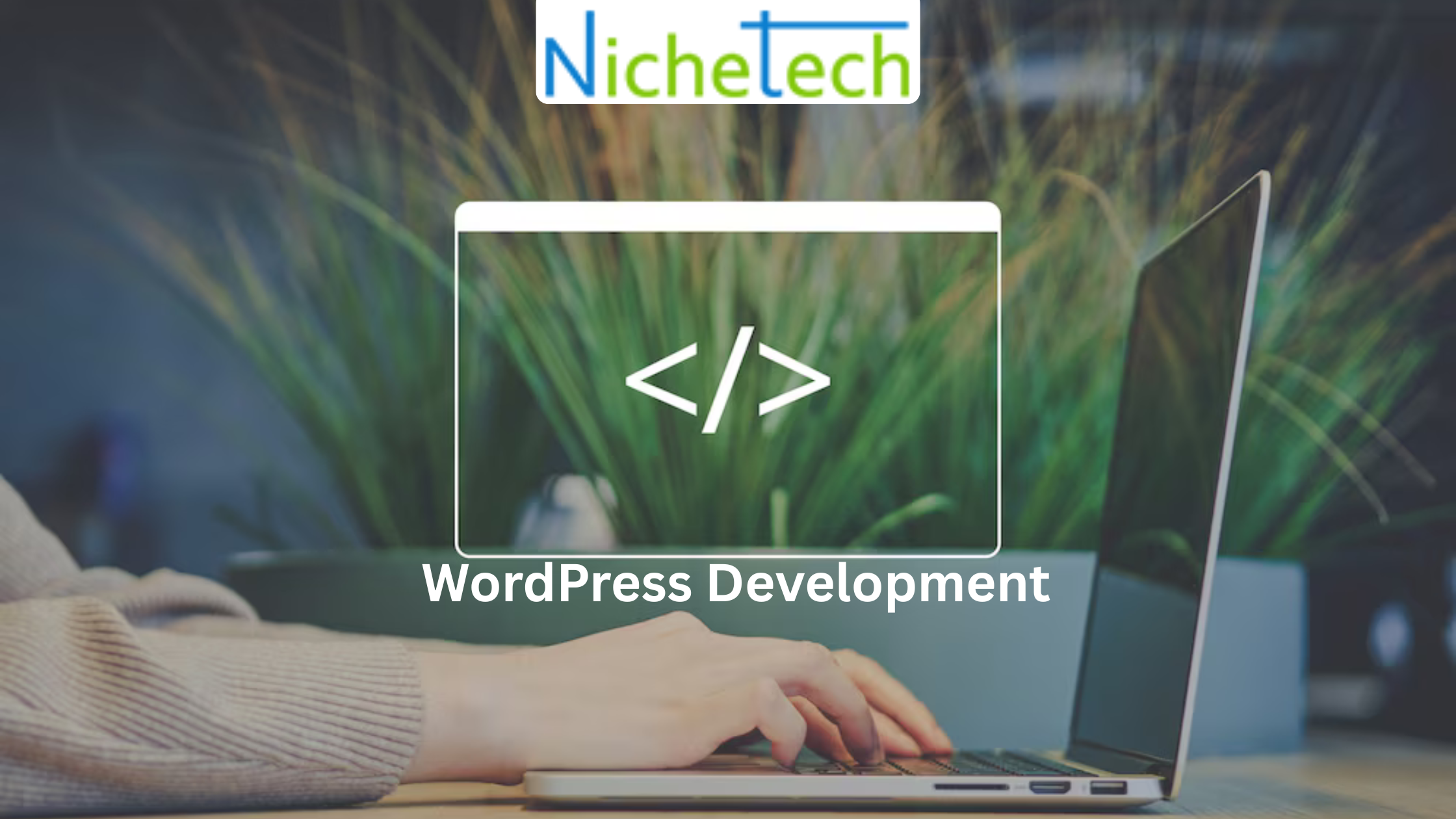WordPress is one of the most powerful and flexible content management systems (CMS) available today, with millions of users across the globe. While WordPress is incredibly user-friendly, offering easy-to-use themes and plugins, there’s a wealth of advanced development techniques that can help take your website to the next level. Whether you’re looking to enhance the performance, functionality, or security of your site, mastering advanced WordPress development techniques will give you the edge in the competitive digital landscape.
In this blog, we will explore some of the key advanced WordPress development techniques that can make your websites more efficient, customizable, and user-friendly.
1. Custom Post Types (CPT) and Taxonomies
WordPress comes with default content types such as posts and pages, but to build a truly unique website, you often need to create custom post types (CPT) to manage content effectively. Custom post types allow you to create new types of content, such as portfolios, testimonials, events, or products, and categorize them in a way that fits your website’s needs.
How It Works:
Custom Post Types (CPT): You can define custom post types using the register_post_type() function in your theme’s functions.php file or via a custom plugin.
Custom Taxonomies: These allow you to categorize the CPT content. While WordPress has default taxonomies like categories and tags, custom taxonomies enable you to create your own way of organizing and filtering content.
Why It Matters:
Provides better organization and management of various types of content.
Enhances the flexibility and scalability of your website, especially for large-scale projects like e-commerce Development Services or online directories.
2. Advanced Custom Fields (ACF) Plugin for Customization
When building complex websites, the default WordPress editor doesn’t always offer the flexibility you need. Enter Advanced Custom Fields (ACF). This powerful plugin allows you to create custom fields for any post, page, or custom post type.
How It Works:
ACF allows you to create custom fields (text, images, file upload, etc.) and associate them with posts or pages.
It provides an intuitive interface for content editors to add and manage this additional data easily.
Why It Matters:
Provides unmatched flexibility in terms of content structure and design.
ACF fields can be displayed within the front-end of your site to customize how content is presented to users, creating unique layouts for different sections of your site.
3. Theme Development with Template Hierarchy
WordPress uses a powerful template hierarchy to determine which templates to load when a page is requested. Understanding and leveraging this hierarchy is crucial when developing custom themes or making modifications to an existing one.
How It Works:
The WordPress template hierarchy is a system of rules that dictate which templates are used for different types of pages, such as posts, categories, archives, etc.
By creating custom templates and overriding default ones, you can achieve a high level of customization for every page type on your website.
Why It Matters:
Allows you to create highly tailored and flexible themes for your site.
You can create specific templates for different post types, categories, and pages, allowing for a unique user experience.
4. Object-Oriented Programming (OOP) in WordPress Development
While WordPress is built primarily using procedural programming, embracing object-oriented programming (OOP) practices can make your code more modular, maintainable, and reusable. OOP in WordPress can help you create cleaner and more organized code, especially for large projects or plugins.
How It Works:
OOP allows developers to organize code into classes and objects, enabling better code reuse, inheritance, and encapsulation.
WordPress themes and plugins can be developed using classes and methods, which makes the code more scalable and easier to maintain.
Why It Matters:
Encourages better coding practices, making your codebase easier to extend, update, and debug.
Facilitates collaboration among developers, especially when working on large-scale projects.
5. REST API for Enhanced Interactivity
The WordPress REST API is a powerful feature that allows developers to interact with WordPress data remotely, making it easy to create mobile apps, single-page applications (SPAs), or third-party integrations.
How It Works:
The REST API allows you to send requests to the WordPress database and retrieve data (such as posts, pages, or users) in a JSON format.
You can use the API to interact with WordPress data outside of the admin dashboard, which opens up a whole new world of possibilities for custom applications.
Why It Matters:
Unlocks the potential for creating dynamic, real-time applications or integrations.
Provides greater flexibility in how your site communicates with other applications, services, and platforms, such as mobile apps or external APIs.
6. Optimizing WordPress Performance with Caching
Website speed is crucial for user experience, SEO, and conversion rates. To optimize WordPress performance, implementing caching is a must. Caching stores a static version of your site’s pages and serves them to users, significantly reducing server load and speeding up page load times.
How It Works:
You can implement caching using plugins like W3 Total Cache or WP Super Cache, or through server-side solutions like Varnish or Redis.
Caching can be applied to pages, database queries, or even API responses, allowing for faster page rendering and a better user experience.
Why It Matters:
Reduces the load on your server and database, improving the overall speed of your website.
Increases user satisfaction and decreases bounce rates, ultimately improving SEO rankings.
7. WordPress Multisite for Managing Multiple Websites
If you’re managing multiple websites for a brand or organization, WordPress Multisite is a powerful feature that allows you to create and manage multiple WordPress websites from a single installation.
How It Works:
WordPress Multisite allows you to create a network of sites, all sharing the same WordPress installation and resources.
Each site in the network has its own dashboard but shares common themes, plugins, and core WordPress files.
Why It Matters:
Great for managing a network of related websites, such as blogs, e-commerce sites, or local business pages.
Saves time and resources by sharing themes and plugins across all sites in the network.
8. Custom WordPress Plugins Development
If you need specific functionality that isn’t covered by existing plugins, developing custom plugins is a great option. Plugins allow you to extend WordPress functionality, enabling you to tailor the CMS to your exact needs.
How It Works:
WordPress plugins are typically made of PHP Web Development files that hook into WordPress functions to modify or add new functionality.
By creating custom plugins, you can add features such as custom forms, advanced custom post types, or integrations with third-party services.
Why It Matters:
Custom plugins allow you to meet specific business requirements that existing plugins may not address.
Helps you avoid bloating your site with unnecessary features, as you only develop the functionality you need.
Looking Forward
Going beyond the basics of WordPress development opens up a whole new world of possibilities for building more efficient, powerful, and customized websites. By incorporating advanced techniques like custom post types, OOP, REST API, and performance optimization, you can create WordPress sites that are not only visually stunning but also highly functional and scalable.
Whether you’re building a complex custom website or working on a large-scale project, mastering these advanced techniques will make you a more effective and efficient WordPress developer, setting your work apart in an increasingly competitive space.







